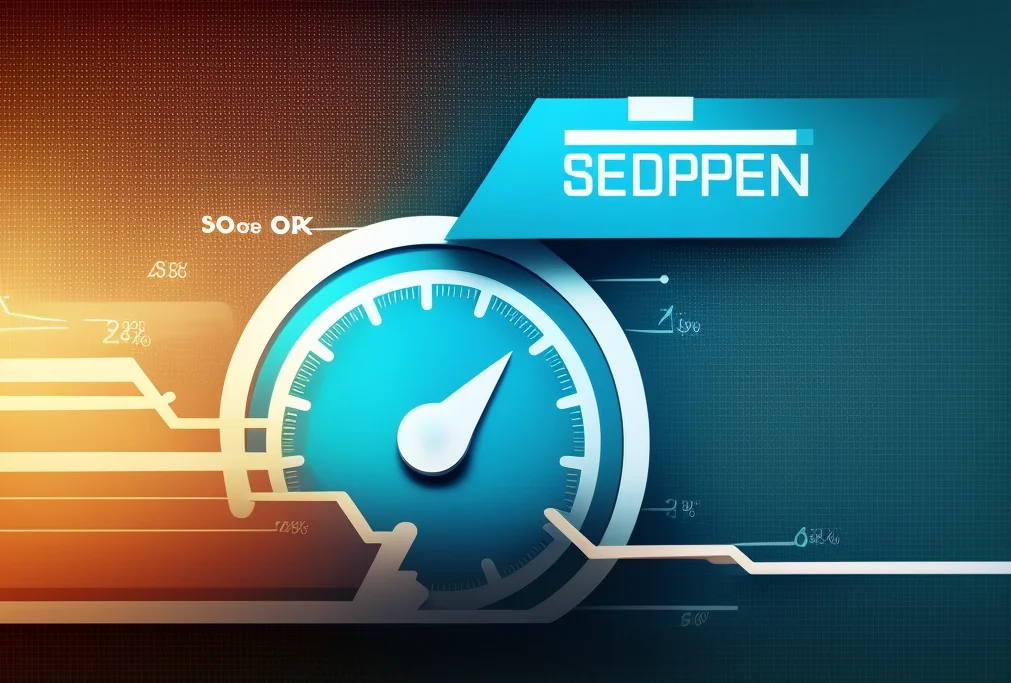
Understanding WebP: A Guide to Using Next-Generation Image Formats
WebP is a next-generation image format that was developed by Google in 2010. It was designed to be a more efficient alternative to older image formats like JPEG, PNG, and GIF. WebP uses advanced compression techniques to reduce the size of images without sacrificing quality. In this article, we will explore the benefits of using WebP and how to implement it on your website.
What is WebP?
WebP is an image format that is specifically designed for the web. It was developed by Google as a way to reduce the size of images without sacrificing quality. WebP images are typically much smaller than JPEG and PNG images, which means they load faster and use less bandwidth.
WebP uses a combination of techniques to achieve its small file sizes. One technique is lossy compression, which removes some data from the image to reduce its file size. However, WebP's lossy compression is very advanced and can achieve much smaller file sizes than JPEG with similar visual quality.
WebP also uses a technique called lossless compression, which preserves all of the original image data but still manages to reduce the file size. This makes it a good option for images that need to be edited or manipulated without losing quality.
Benefits of WebP
The main benefit of using WebP is that it can significantly reduce the size of your images without sacrificing quality. This means that your website will load faster, and your users will have a better experience.
In addition, WebP supports transparency and animation, making it a good replacement for both PNG and GIF formats. It also supports features like metadata, ICC profiles, and color spaces, which means that it can be used in a wide range of applications.
Implementing WebP on Your Website
To start using WebP on your website, you will need to convert your existing images to the WebP format. There are several tools available for doing this, including Google's own WebP Converter.
Once you have your WebP images, you can use them on your website in a few different ways. One option is
to use the <picture> element, which allows you to provide multiple versions of an image
in different formats. For example:
In this example, the browser will try to load the WebP version of the image first. If it is not supported, the fallback JPEG version will be loaded instead.
Another option is to use a JavaScript library like Modernizr, which can detect browser support for WebP and automatically load the appropriate version of an image.
Conclusion
WebP is a powerful image format that can help improve the performance of your website. By using WebP, you can reduce the size of your images, improve loading times, and provide a better experience for your users. So why not start experimenting with WebP today and see how it can benefit your website?
